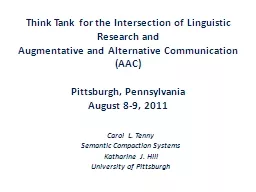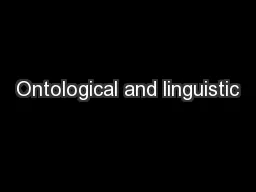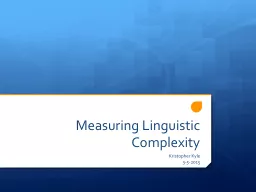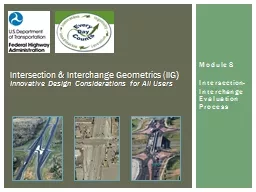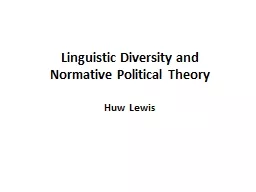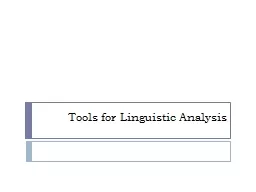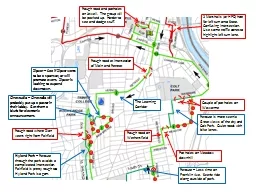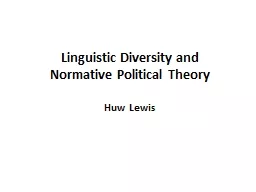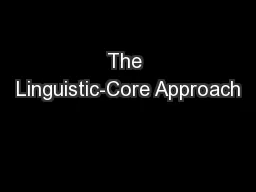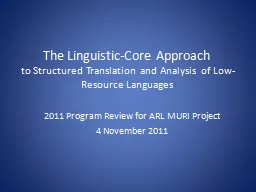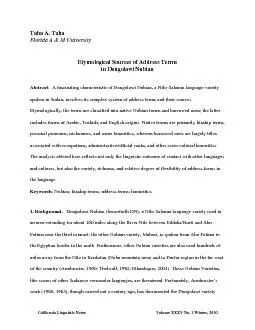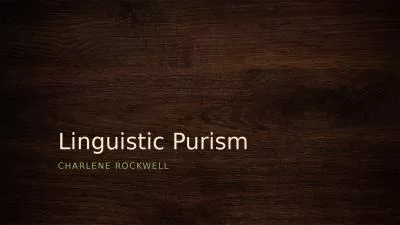PPT-Think Tank for the Intersection of Linguistic Research and
Author : liane-varnes | Published Date : 2019-02-08
Augmentative and Alternative Communication AAC Pittsburgh Pennsylvania August 89 2011 Carol L Tenny Semantic Compaction Systems Katharine J Hill University of
Presentation Embed Code
Download Presentation
Download Presentation The PPT/PDF document "Think Tank for the Intersection of Lingu..." is the property of its rightful owner. Permission is granted to download and print the materials on this website for personal, non-commercial use only, and to display it on your personal computer provided you do not modify the materials and that you retain all copyright notices contained in the materials. By downloading content from our website, you accept the terms of this agreement.
Think Tank for the Intersection of Linguistic Research and: Transcript
Download Rules Of Document
"Think Tank for the Intersection of Linguistic Research and"The content belongs to its owner. You may download and print it for personal use, without modification, and keep all copyright notices. By downloading, you agree to these terms.
Related Documents

